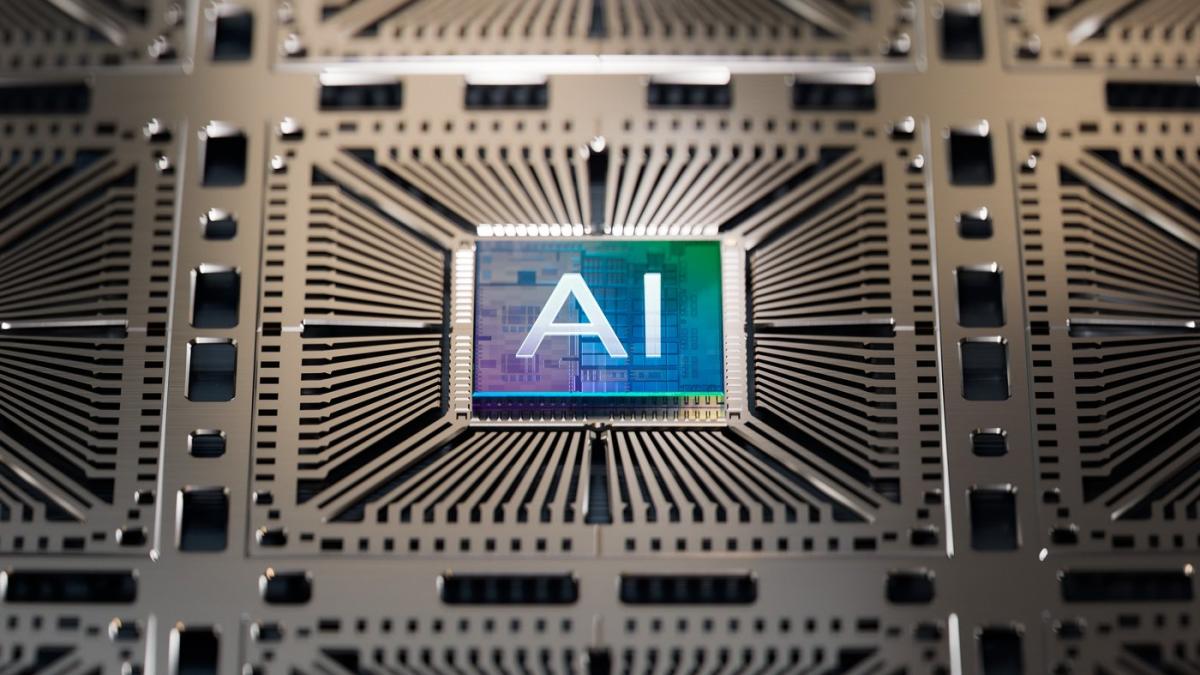Bussiness
A Wall Street Analyst Just Predicted Nvidia Would Hit a $10 Trillion Market Cap. Is That Actually Possible?

Nvidia (NASDAQ: NVDA) has been one of the best stories in the market with the stock up over 3,300% in the past five years. That’s an incredible run that has taken its market cap to $2.8 trillion.
However, one Wall Street analyst recently predicted that the stock has a lot more room to run in the coming years. Beth Kindig of I/O Fund boldly forecasts that the chipmaker will hit a $10 trillion valuation by 2030.
Let’s look at the reasons behind her prediction and if such a move is possible.
Blackwell and automotive to drive growth
A big part of Kindig’s thesis around Nvidia has to do with the company accelerating its graphic processing unit (GPU) release schedule, with new product iterations coming every year rather than every two years. This doubles the already quick pace of innovation and essentially pits the company’s new technology against its older technology. In either case, Nvidia wins.
Kindig is also very excited about Nvidia’s new Blackwell platform. She noted that while Nvidia’s Hopper platform powered Nvidia to $100 billion in annual data center segment sales, Blackwell will bring that annual sales total to $200 billion by the end of fiscal 2026. She sees Nvidia maintaining its hold on the artificial intelligence (AI) data center market in the coming years. She expects the data center market to climb to $400 billion by 2027 and to $1 trillion by 2030.
Outside of the data center, the tech analyst sees the automotive market as the next big area of opportunity for Nvidia. This segment is tiny at this point, but Kindig thinks this is another potential $300 billion opportunity that will start to develop in the next two to five years.
Kindig expects Nvidia to continue to hold on to its massive market share lead due to the moat it has created with its CUDA software platform. She noted that AI developers learn to program GPUs on the CUDA platform, which helps lock customers into the Nvidia ecosystem.

Can Nvidia’s market cap really hit $10 trillion by 2030?
For Nvidia to get to $400 billion in revenue by 2027 (its trailing 12-month revenue was roughly $80 billion), it would have to grow revenue by about 50% a year from 2025 through 2027. From that $400 billion level, to get to $1 trillion in revenue by 2030, the company would have to grow revenue by about 35% annually from 2028 through 2030.
If the company’s adjusted operating expenses increased an average of 13% quarter over quarter through 2030 (similar to last quarter’s sequential growth), and we apply a 20% tax rate on its operating income, Nvidia could be close to generating $450 billion in adjusted earnings by 2030. At a $10 trillion market cap, the stock would only have a price-to-earnings ratio of 22 times. That would still make the stock cheap.
These assumptions, which certainly reflect very robust growth estimates, are also certainly not out of the question given Nvidia’s recent revenue growth. The company has a dominant position in GPUs and right now demand is insatiable. The concerns recently are more about producing enough GPUs to keep up with demand.
How high Nvidia’s market cap can go may come down to how much more production Nvidia can get through its semiconductor manufacturing partners like Taiwan Semiconductor Manufacturing. Can they add enough capacity and improve technology by moving down to 2-nanometer chips? Some of the potential growth is out of Nvidia’s control. That adds some risk to estimating future market cap.
As the company continually pushes out new generation GPU platforms, it should also be able to enact some price increases. It already announced a new AI chip platform called Rubin slated for 2026. Staying at the cutting edge will give it pricing power in a semiconductor industry that often sees chip prices decline over time. However, given its moat and technological advancements, pricing should be on Nvidia’s side as well.
So can Nvidia hit a $10 trillion market cap by 2030? The answer is yes. It even seems possible that this prediction could be too low.
The biggest risk the company faces is a pull forward in demand as companies race to catch up in AI and the demand eventually falls off. However, if we are in the early innings of AI and demand continues to remain robust well into the future, the sky’s the limit for Nvidia.
Should you invest $1,000 in Nvidia right now?
Before you buy stock in Nvidia, consider this:
The Motley Fool Stock Advisor analyst team just identified what they believe are the 10 best stocks for investors to buy now… and Nvidia wasn’t one of them. The 10 stocks that made the cut could produce monster returns in the coming years.
Consider when Nvidia made this list on April 15, 2005… if you invested $1,000 at the time of our recommendation, you’d have $741,362!*
Stock Advisor provides investors with an easy-to-follow blueprint for success, including guidance on building a portfolio, regular updates from analysts, and two new stock picks each month. The Stock Advisor service has more than quadrupled the return of S&P 500 since 2002*.
*Stock Advisor returns as of June 3, 2024
Geoffrey Seiler has no position in any of the stocks mentioned. The Motley Fool has positions in and recommends Nvidia and Taiwan Semiconductor Manufacturing. The Motley Fool has a disclosure policy.
A Wall Street Analyst Just Predicted Nvidia Would Hit a $10 Trillion Market Cap. Is That Actually Possible? was originally published by The Motley Fool







:max_bytes(150000):strip_icc()/roundup-writereditor-loved-deals-tout-f5de51f85de145b2b1eb99cdb7b6cb84.jpg)


